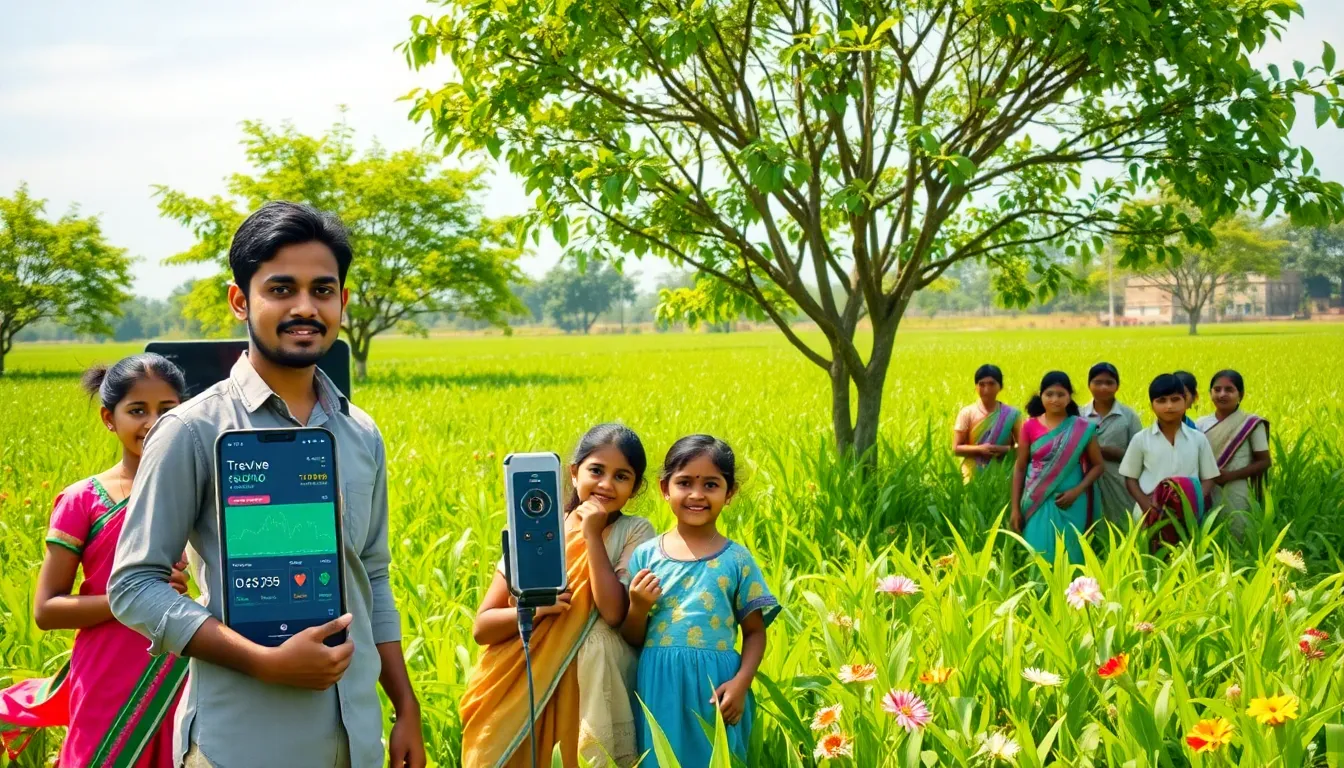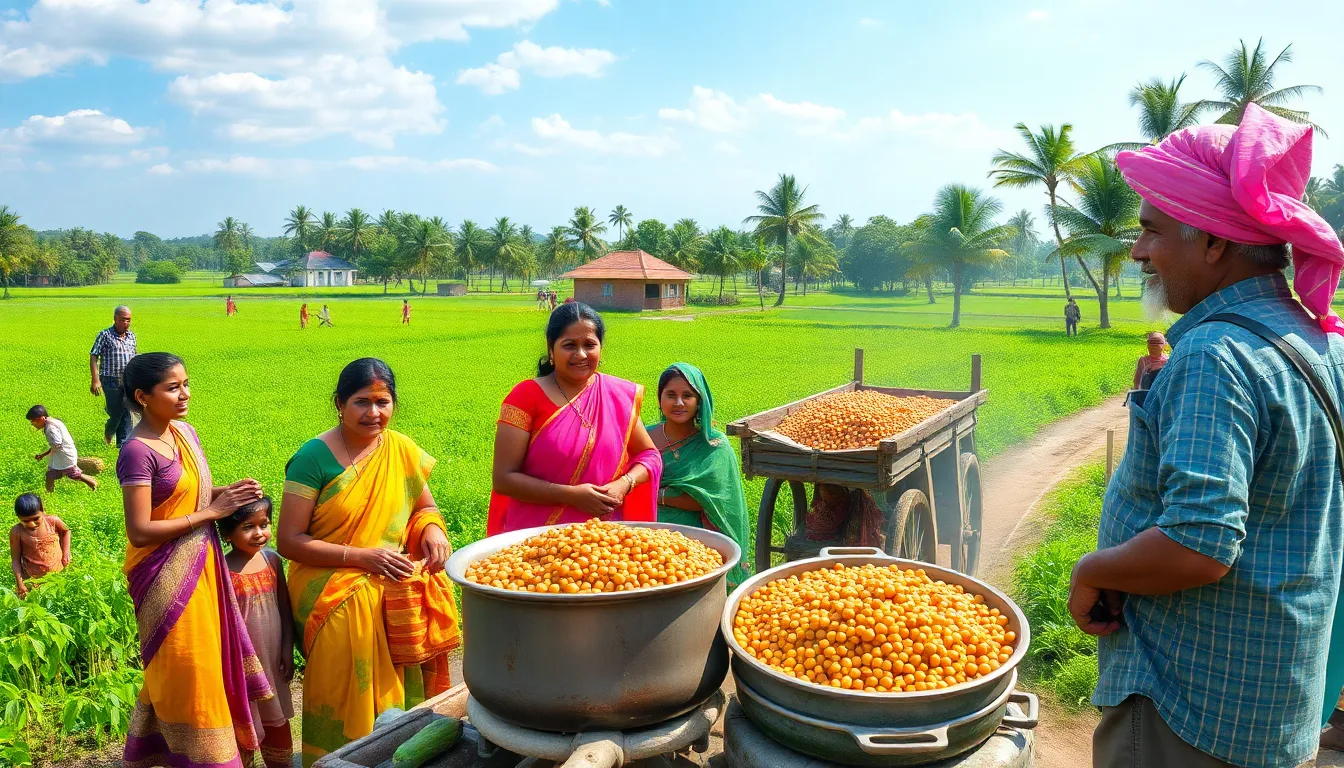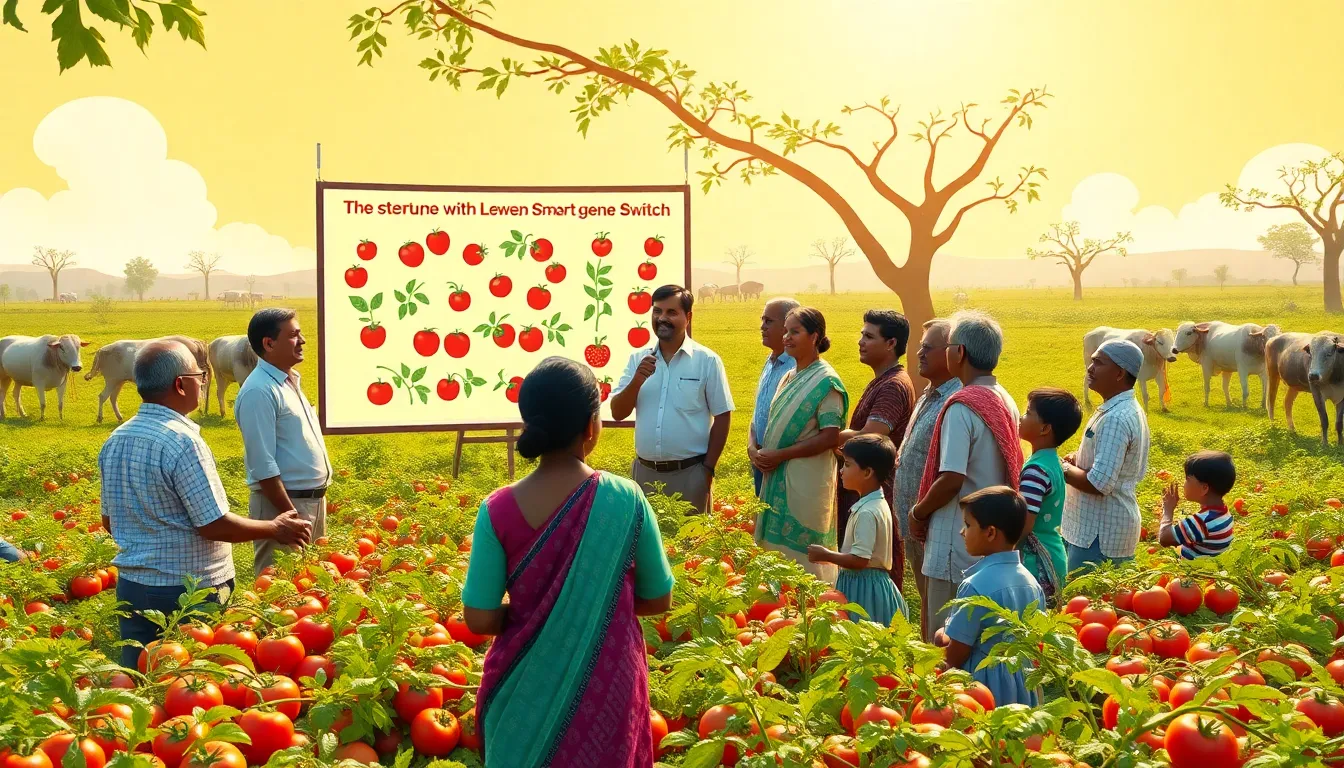In recent years, farmers and scientists have been exploring new technologies to improve agriculture. One such innovation is genome editing. This technique allows scientists to change a plant’s genetic material in a precise way. Recently, the Indian Council of Agricultural Research (ICAR) announced new varieties of rice created using this technology. These rice varieties are designed to be more sustainable and resilient. They promise higher yields with less environmental impact. Dr. Mangi Lal Jat, the Director-General of ICAR, shared exciting details about these genome-edited rice varieties. These rice plants have specific traits. They grow in 25 days less time than traditional varieties. They also use less water and produce less methane. This is important because methane is a greenhouse gas that contributes to climate change.
Furthermore, these rice varieties can tolerate salinity, making them suitable for coastal areas. This is a major benefit as rising sea levels increase soil salinity in many regions. The aim is to help farmers shift from low-yield rice areas to growing more oilseeds and pulses. This can lead to greater self-sufficiency in food production. However, these rice varieties will take around two to three years to reach farmers. This time is needed for seed multiplication. Before these seeds can be distributed, they must undergo trials to ensure their effectiveness. Dr. Jat confirmed that these rice varieties passed ICAR’s multi-location trials. This means they were tested in various locations to assess their performance. The goal is to ensure that these rice varieties can thrive in different environments across India. Some people confuse genome editing with genetic modification (GM). In GM, genes from different species are introduced into a plant. In contrast, genome editing modifies genes within the same species. This technique does not involve adding foreign DNA. Instead, it enhances natural traits. This makes it a safer and more accepted method in many circles. ICAR is not just focusing on rice. They are also expanding genome editing to other crops, including soybean.
The aim is to improve crop resilience against climate change and pests. Genome editing could help develop crops that require fewer fertilizers and pesticides. This would benefit farmers and the environment. As the global population grows, the demand for food increases. With challenges like climate change, it is crucial to find solutions that enhance food production sustainably. Genome editing represents a significant step forward in achieving this goal. It combines traditional breeding knowledge with modern technology. Farmers and scientists alike are optimistic about the future of agriculture with genome editing. This innovation could be the key to feeding the world while protecting our environment.



